Understanding Bag Making Technology: Roll-Fed or Sheet-Fed?
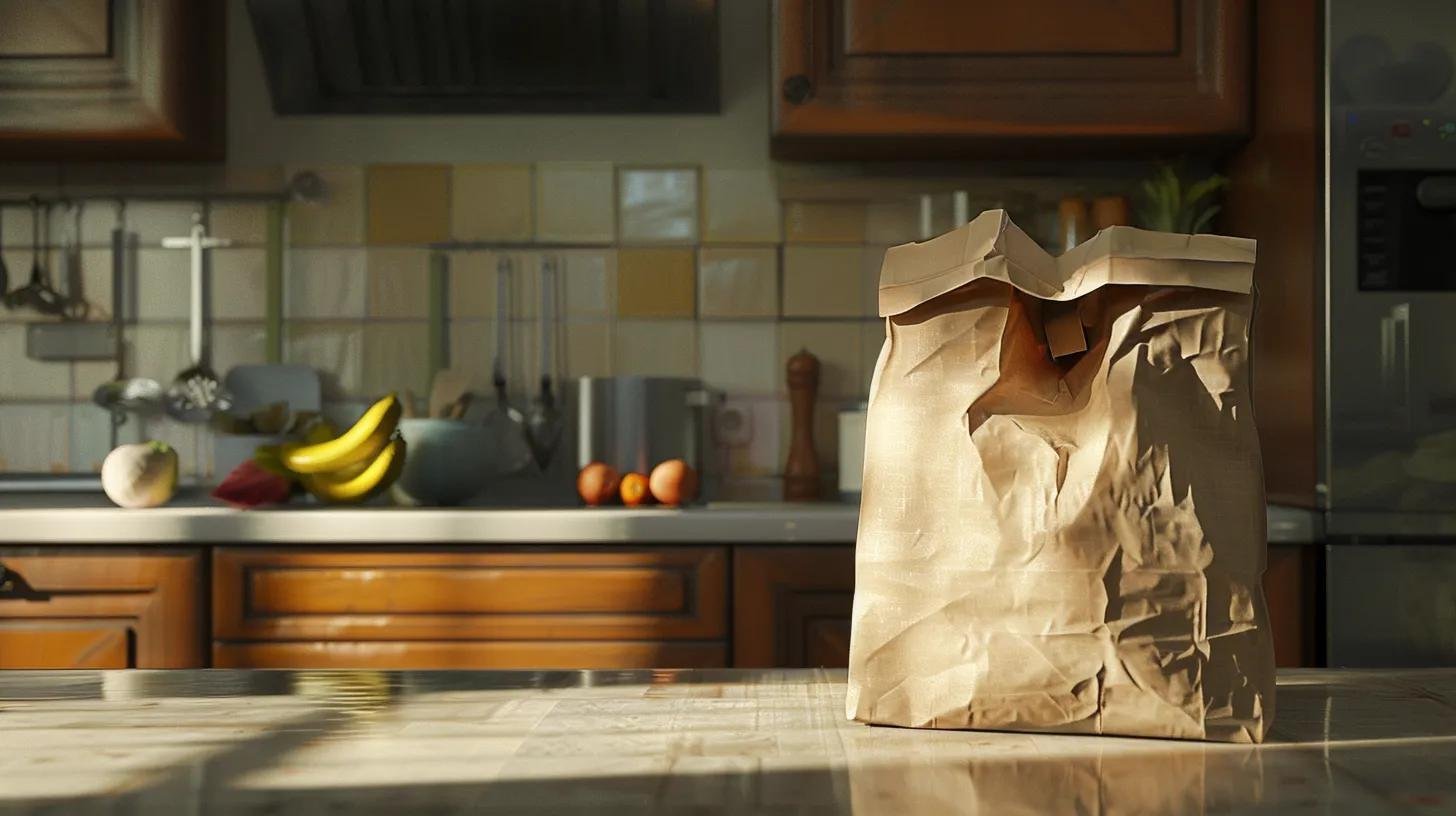
Optimizing Roll-Fed vs Sheet-Fed Bag Making for Production Efficiency
The choice between roll-fed and sheet-fed bag making technology isn’t just about equipment preference—it’s a strategic decision that can transform your production capabilities, cost structure, and market positioning. As sustainable packaging demand soars and production efficiency becomes increasingly critical, manufacturers face a pivotal moment in selecting the technology that will drive their success for years to come.
This decision impacts everything from production speed and material waste to product quality and operational flexibility. Companies that choose the right technology gain significant competitive advantages through optimized workflows, reduced costs, and enhanced product capabilities.
Understanding the Technology Divide
The paper bag manufacturing industry has evolved around two dominant technologies. Roll-fed systems use continuous rolls of paper fed through machines in an uninterrupted manner, while sheet-fed systems work with pre-cut sheets. Each approach offers distinct advantages addressing different production requirements.
Market dynamics show growing demand for sustainable packaging driving the need for efficient production systems. Manufacturers require higher production speeds while maintaining quality standards, with customization demands increasing across all segments. Meanwhile, labor costs and availability continue to challenge traditional production methods.

Roll-Fed Technology: Continuous Production Excellence
Roll-fed paper bag making machines are fully automatic systems using plain or printed paper rolls as material. These sophisticated systems represent the pinnacle of high-volume bag production technology, capable of producing 220+ bags per minute at maximum speed.
Streamlined High-Volume Production
The integrated workflow includes paper roll feeding, tube forming, tube cutting, bottom increasing, bottom gluing, bottom closing and final bag collection. This seamless approach minimizes handling and maximizes efficiency throughout the production process. Roll-fed systems can process any type of kraft paper, printed or unprinted, in roll form up to 150gsm.
One of the main advantages of roll-fed machines is their cost-effectiveness for large-scale production. The use of continuous rolls instead of pre-cut sheets minimizes waste and reduces overall production costs. Labor efficiency is exceptional, typically requiring one skilled operator and 1-2 helpers for packing bags, significantly reducing personnel costs compared to manual processes.
Advanced Automation Features
Modern roll-fed machines include photoelectric detectors that correct cutting length to ensure cutting precision. Advanced systems feature automatic tension control for consistent paper feeding and web guide systems for precise alignment. Systems controlled by servo motors imported from Japan ensure high precision and stability with simple maintenance requirements.
These machines can integrate handle making, handle application, tube forming, tube cutting and bottom forming within a fully automatic process. This eliminates separate handle attachment operations and reduces production complexity while maintaining consistent quality standards.
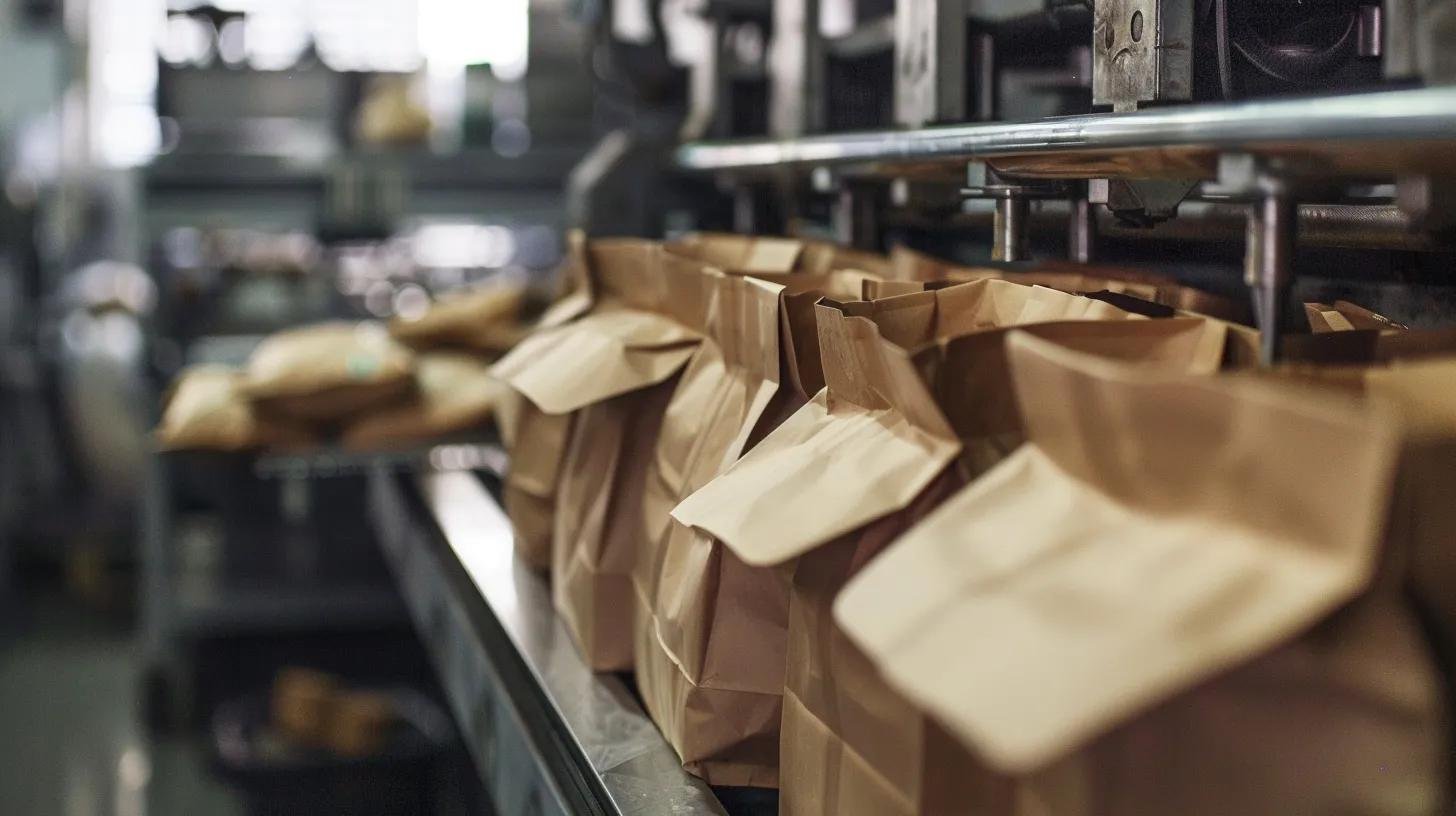
Sheet-Fed Technology: Flexibility and Premium Quality
Sheet-fed paper bag making machines use creased sheet paper as raw material and can finish paper feeding, positioning, top folding, tube forming, gusset forming, square bottom folding and gluing automatically. These systems excel in premium applications and specialized production requirements.
Premium Quality and Customization
Sheet-fed machines are the first choice for medium and top grade handbag devices. The controlled feeding of individual sheets enables superior print registration and finish quality that’s essential for luxury packaging applications. These systems work with art paper, white board, ivory board with lamination, and specialty papers requiring die-cutting in advance.
The technology utilizes two separate sheets of paper, folded and glued together to form a single, reinforced bag. This dual-sheet approach creates stronger, more sophisticated bags suitable for premium applications. Businesses can choose from a wide range of paper types, colors, and finishes to create bespoke bags that align with their brand identity.
Operational Flexibility Advantages
Sheet-fed systems offer faster changeover between different bag styles, sizes, and specifications compared to roll-fed systems. This flexibility makes them ideal for shorter runs and varied product lines. State-of-the-art sensors and controls ensure consistent quality in every bag produced, which is particularly important for premium applications where quality consistency is critical.
Automated feeding, folding, and gluing processes significantly reduce time and labor required while maintaining the flexibility essential for custom applications. The systems can accommodate different finishing preferences including matte or glossy coats depending on brand positioning requirements.

Comparative Performance Analysis
Production Speed and Efficiency
Roll-fed systems excel in continuous production without interruption for material loading, achieving higher maximum speeds of 200-400+ bags per minute. They’re optimized for large batch production with minimal setup time between runs. In contrast, sheet-fed systems are efficient for medium to high-volume production with quick changeover capabilities between different specifications, making them optimal for varied product lines with flexible batch sizes.
Quality and Material Utilization
Roll-fed technology delivers consistent quality through continuous processing, excellent for standardized bag specifications with integrated quality control systems. Material waste is virtually eliminated through continuous processing, maximizing raw material utilization and reducing per-unit costs.
Sheet-fed systems provide superior print registration and finishing quality with enhanced structural integrity through dual-sheet construction. They accommodate specialty and premium materials efficiently while maintaining precise dimensional control for custom specifications.
Industry Applications and Market Positioning
High-Volume Manufacturing
Roll-fed systems are capable of making grocery paper bags as well as fast food packaging bags, meeting diverse industry needs. The high-speed production and cost efficiency make them ideal for snack paper bags, food paper bags, bread paper bags, and dry fruit paper bags where continuous production capability meets high-volume demands.
Premium Market Applications
Sheet-fed machines are ideal for mid to high-end paper handbags suitable for foods, clothes, and luxury items. The superior finish quality and customization capabilities support premium brand positioning. They excel in applications requiring custom printing, special finishes, and unique structural designs that command premium pricing.
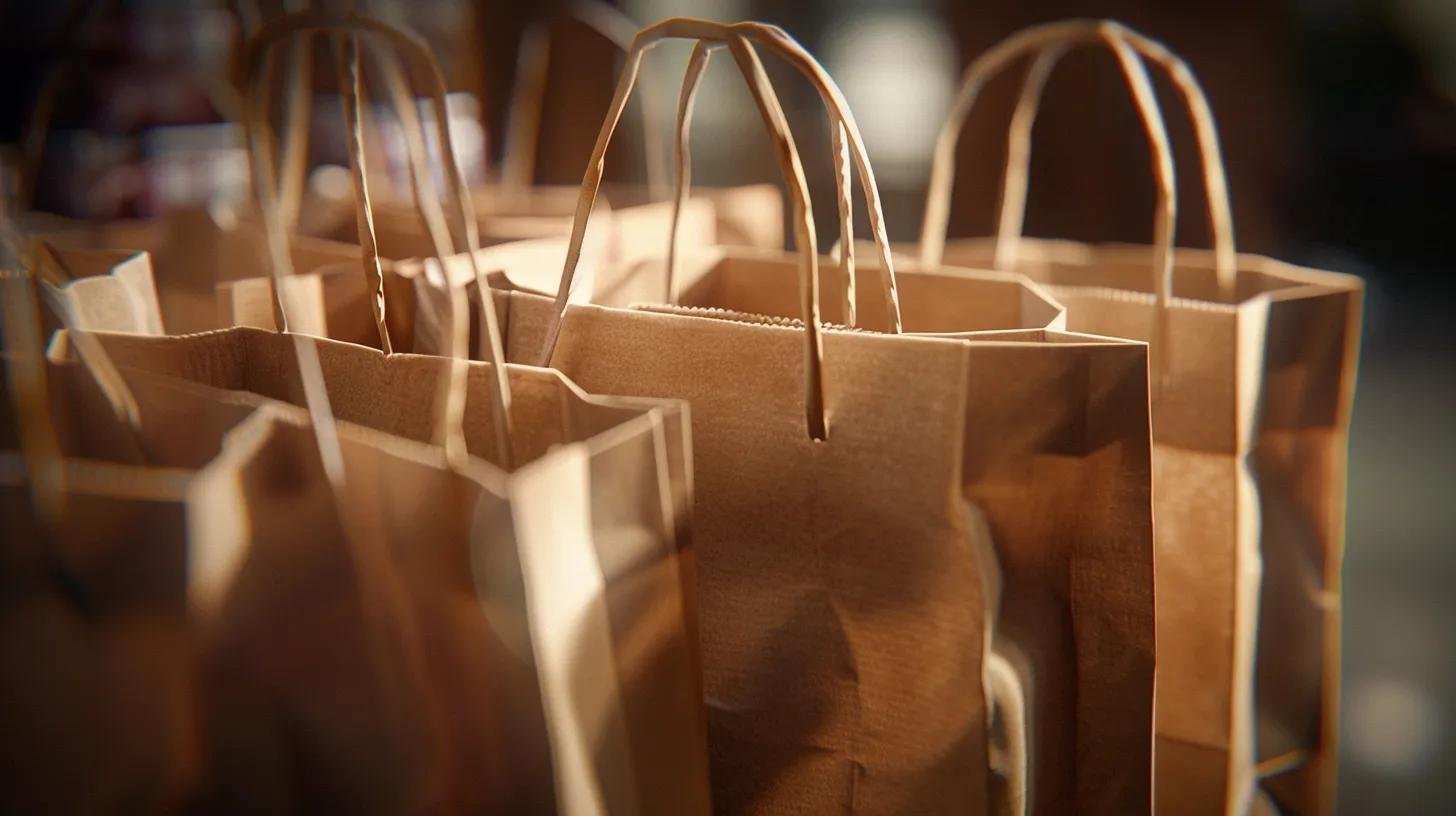
Investment Considerations
Production Volume Assessment
Roll-fed technology is preferred for consistent daily production exceeding 50,000 bags, limited product variety with standard specifications, cost-sensitive competitive markets, and long production runs with minimal changeovers. The continuous production capability and material efficiency make it ideal for high-volume standardized applications.
Sheet-fed technology suits production volumes below 50,000 bags daily, frequent product changes and customization requests, premium market positioning with higher margins, and short to medium production runs. The flexibility and quality capabilities align with premium market requirements.
Market Position Evaluation
Commodity markets characterized by price-sensitive customers, standardized specifications, high-volume consistent demand, and limited customization requirements typically favor roll-fed solutions. Premium markets with quality-conscious customers, custom design requirements, variable seasonal demand, and brand differentiation needs benefit from sheet-fed capabilities.
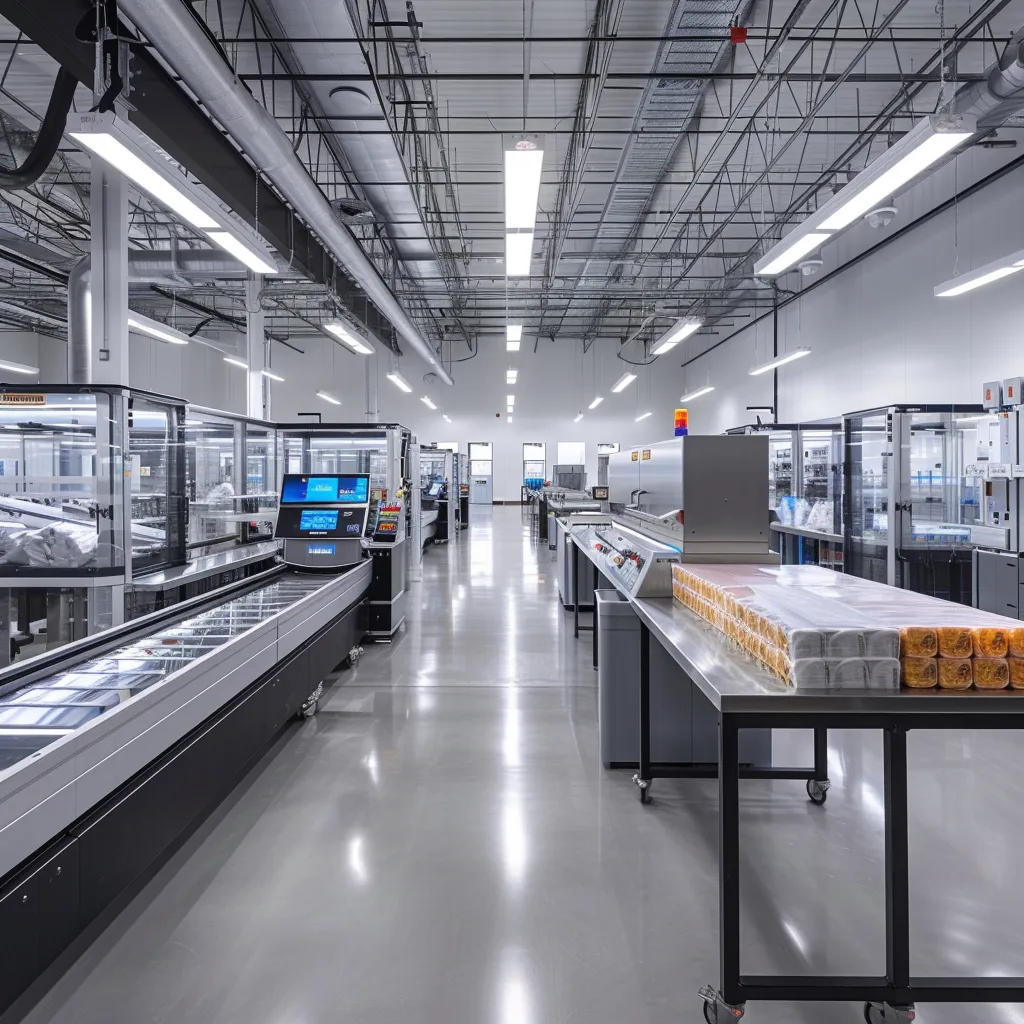
Implementation Strategy
Phased Approach
Successful implementation begins with comprehensive production requirement analysis, market positioning evaluation, and financial modeling during the assessment phase. The installation phase involves equipment procurement, operator training, process optimization, and quality control system implementation.
The optimization phase focuses on production efficiency monitoring, quality system refinement, cost optimization initiatives, and market feedback integration. Workflow integration ensures seamless operation with existing production lines, material handling compatibility, and packaging process coordination.
Future Technology Trends
Advancement in artificial intelligence integration enables predictive maintenance capabilities, quality control optimization, and production scheduling automation. IoT connectivity provides real-time production monitoring, remote diagnostics, and predictive analytics for maintenance.
Sustainability enhancements include advanced recycled paper processing capabilities, bio-based coating application systems, water-based adhesive technologies, and energy-efficient production processes. Waste reduction technologies incorporate precision cutting systems, material recovery integration, and circular economy production models.
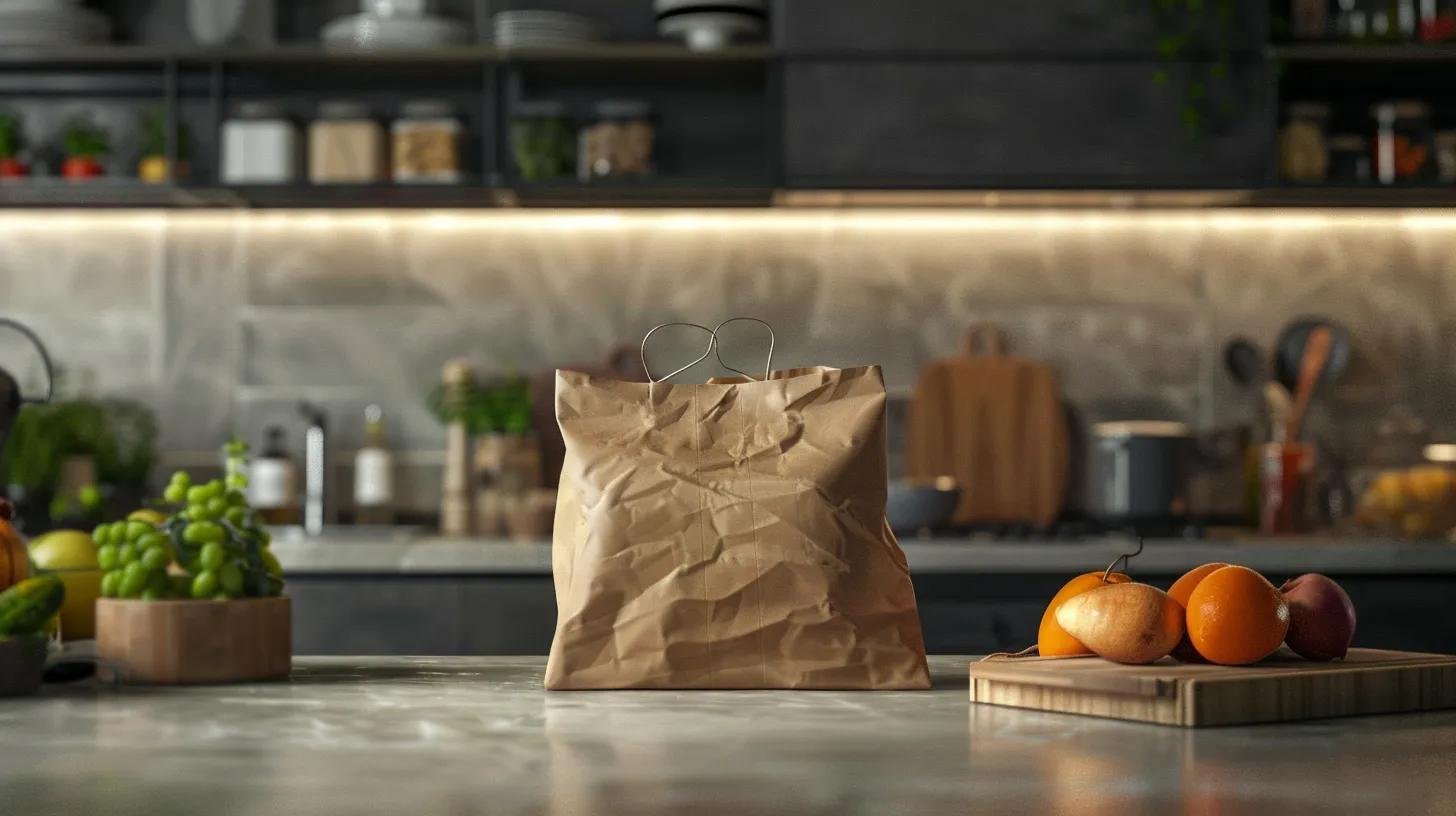
Strategic Technology Selection
The choice between roll-fed and sheet-fed bag making technology represents a fundamental strategic decision shaping production capabilities and market position. Roll-fed technology excels when high-volume production efficiency is paramount, cost competitiveness is critical, standardized products meet customer requirements, and consistent production runs justify automation investment.
Sheet-fed technology leads when premium quality and customization drive customer value, market positioning supports higher pricing strategies, production flexibility is essential for varied product lines, and brand differentiation through packaging excellence is important.
The most successful manufacturers recognize this decision aligns production capabilities with market opportunities and strategic objectives. Companies that carefully evaluate requirements, understand market position, and select appropriate technology gain sustainable competitive advantages through optimized operations and enhanced customer value.
As sustainable packaging continues growing and production requirements become increasingly sophisticated, the importance of making the right technology choice only increases. The investment in appropriate bag making technology today determines your ability to compete effectively, serve customers excellently, and grow profitably in tomorrow’s marketplace.
Whether you choose roll-fed efficiency or sheet-fed flexibility, success comes from maximizing your chosen technology’s potential while continuously improving operations to meet evolving market demands.
